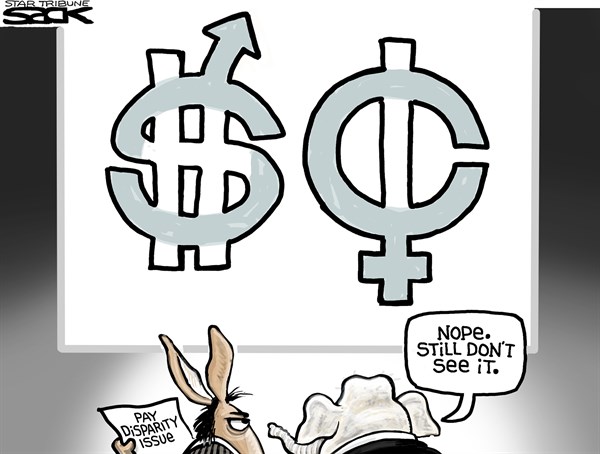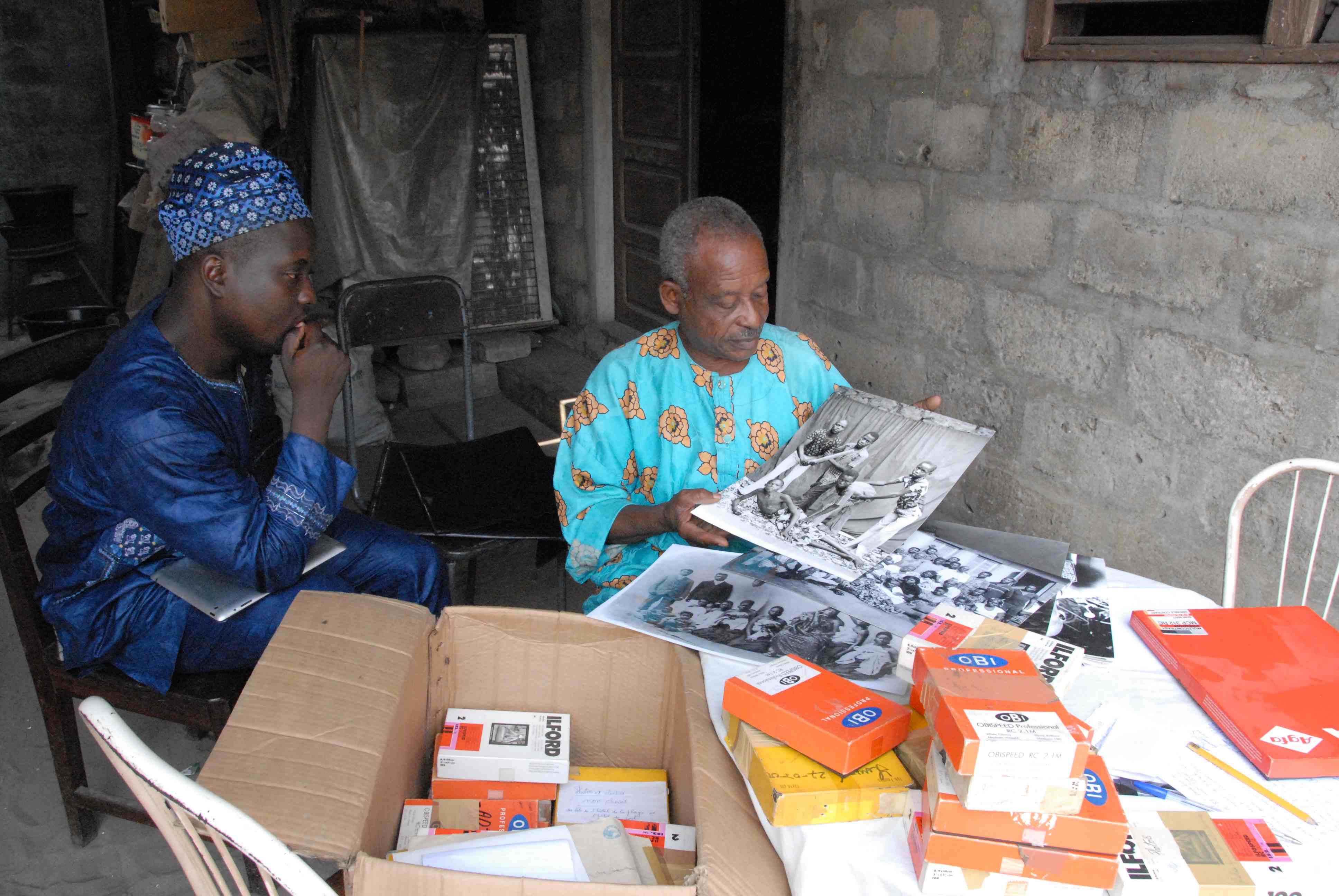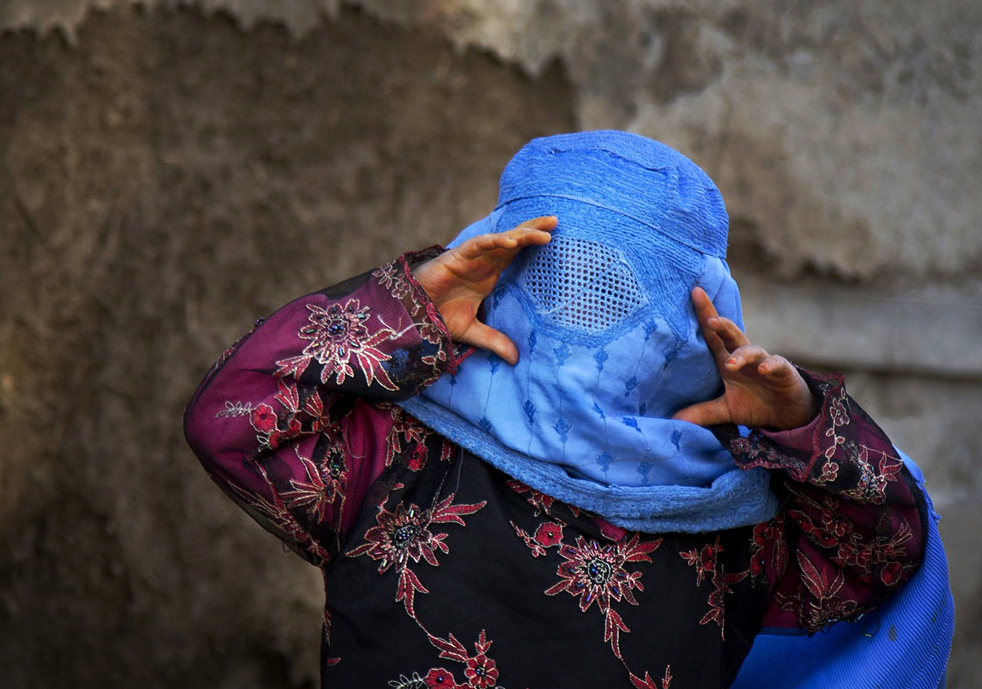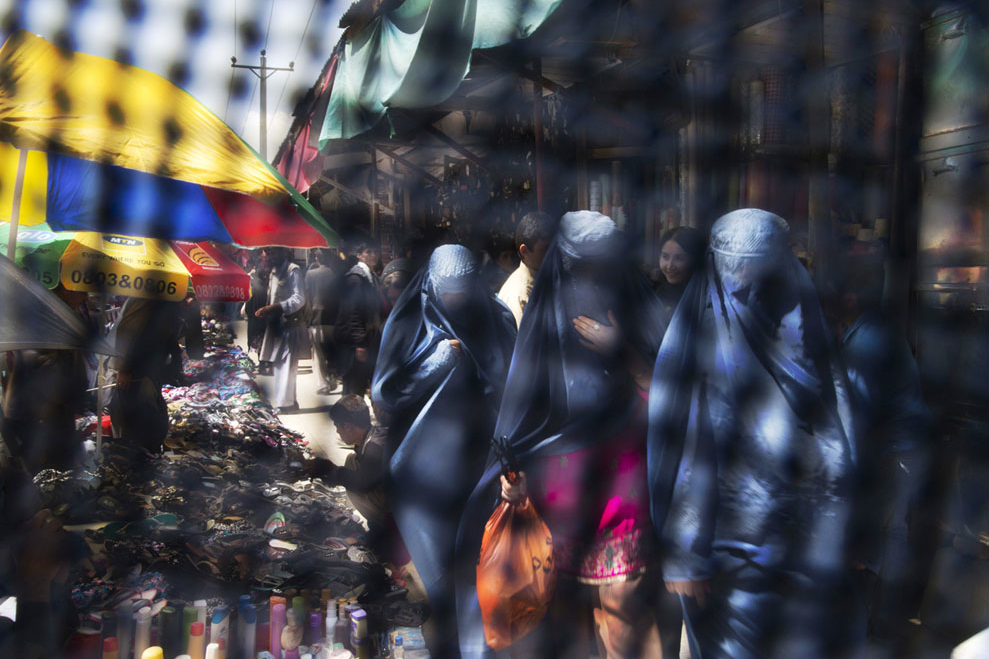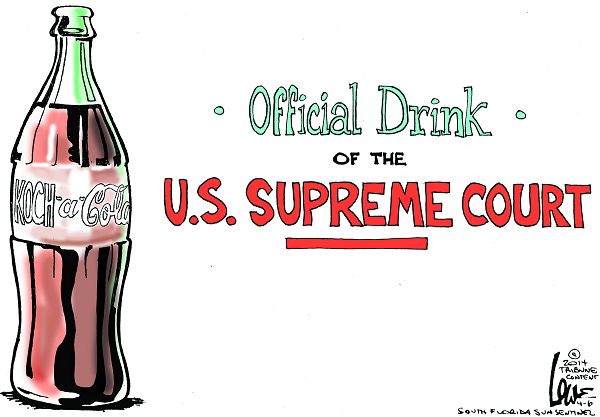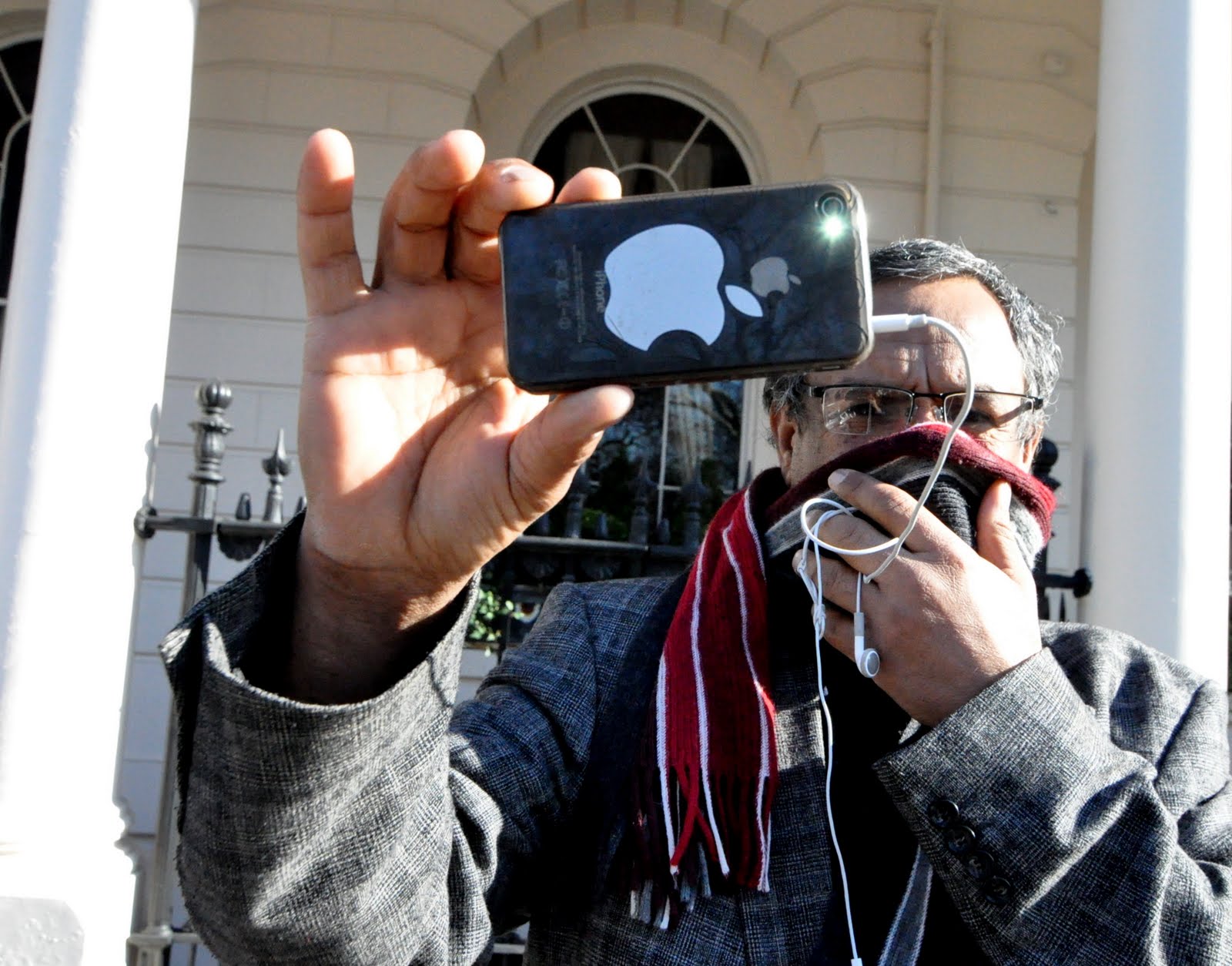Imagine that there had been no Eiffel Tower, and then one day we woke up and there it was, an alien structure planted on the banks of the Seine. Had that happened, it might have looked like this:
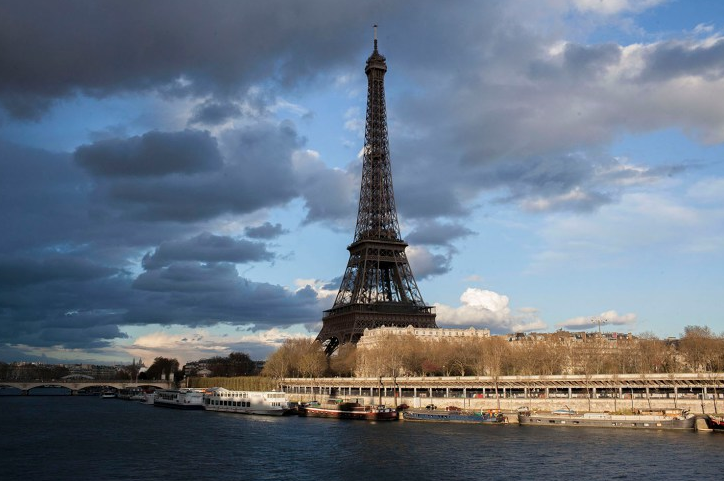
The Tower has been up for 125 years as of this March, and it surely is one of the iconic structures of the modern world. This can be faint praise, of course, because it also marks the fact that the structure has become one of the high water marks for kitschy knock-offs, from the tiny (and not so tiny) replicas that are hawked by street vendors every ten feet at the site, to the post cards, earrings, T-shirts, ceramic plates, and other merchandise you can find all over the world, to the giant replica (with hotel and restaurant!) in Las Vegas, to–not least–the billions of photographs that have been taken of what arguably is one of the most photographed monuments in the universe.
How, then, might one take a photograph that could somehow avoid being just another copy of the image that everyone already knows all too well? The Tower is now always already a copy of itself, something that you can never see for the first time, an image of an image of an image that extends in every direction through media space, never to return to being a unique experience. This was the problem that photographer Lauren Fleishman faced when she set out to commemorate the monument for Time.
Well, I think that with at least this one shot, she pulled it off. (You can see the slide show here.) In doing so, she may have gone beyond her own intention, which was “to show what the tower means to people, both Parisians and tourists alike.” Now, let me be clear: that is exactly the right intention, as both icons and photographs are artifacts that acquire their meaning through use, that is, through the many ways that many different people use them to make sense of their world, enjoy their free time, or do whatever else needs to be done to get through the day or the era. The Tower means what it means to people, and if that involves wearing it on your bracelet or embracing your lover in a gush of romantic sentimentality, I won’t be the one to say it’s been done before.
But that’s not what we have been given with the photograph above. The Tower is too distant to be romantic, too imposing to be just another copy, too self-contained to be welcoming, and altogether too strange to be a familiar landmark in the cultural landscape. Indeed, it has almost become somewhat illegible again, which really would get you back to the moment of origin, when people saw it being erected and then completed and were by turns astonished, enraptured, or appalled. The strange achievement of lace-like ironwork, the fearful symmetry and incredible sweep from massive structure to sheer ascension as if into flight, the sense that it somehow represents modern, industrialized civilization but without any specific reference, message, or ideal being communicated, the uncanny lack of functionality in a structure that seems the perfect synthesis of form and function. . . . These and other features of the artwork will infuse in some small degree every encounter with the Tower, no matter how cliched, but here they are brought to the fore again, as if we were seeing it for the first time.
What is most important here, I think, is that “seeing it for the first time” requires seeing how it eludes comprehension, how its purpose is not obvious, how this most obviously constructed thing nonetheless appears to not be the work of human enterprise. As much as modern culture elevates artistic creativity about mere functional values, we don’t like to think of ourselves as erecting monuments to meaninglessness. And yet that is the beauty of this photograph: the city has all but disappeared, the monument towers above the few boats moored along the riverbank, and that gorgeous sky extends outward, as if for another civilization to arrive and inspect the ruins.
Icons provide familiar beacons for navigating the human world. I suspect that one reason familiarity is so important is that we want to forget that we are the alien species. That the human world is a built environment which is essentially meaningless on any other terms but our own. That we make things meaningful both through invention and through endless copying. That to understand humanity, we need to become strange to ourselves. Such are the lessons that might be learned when a copy makes us see anew.
Photograph by Lauren Fleishman/Time.
1 Comment
